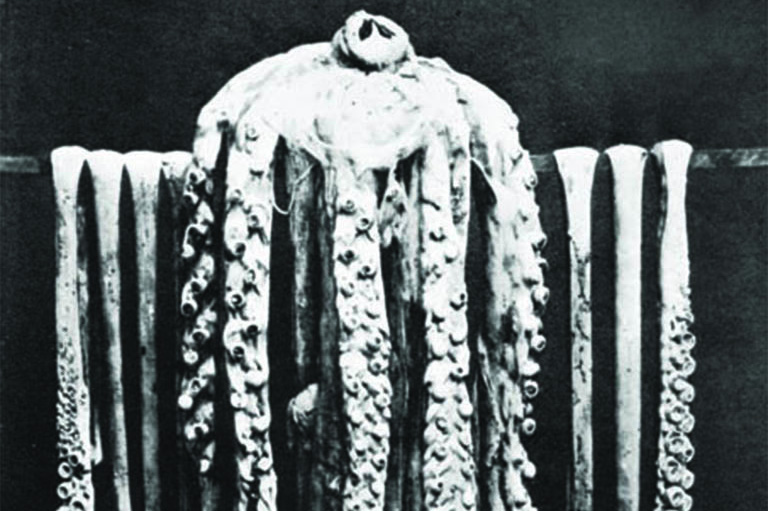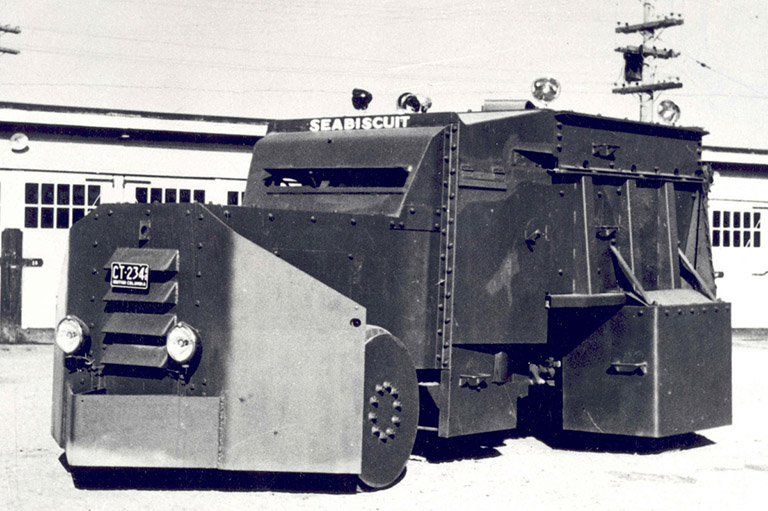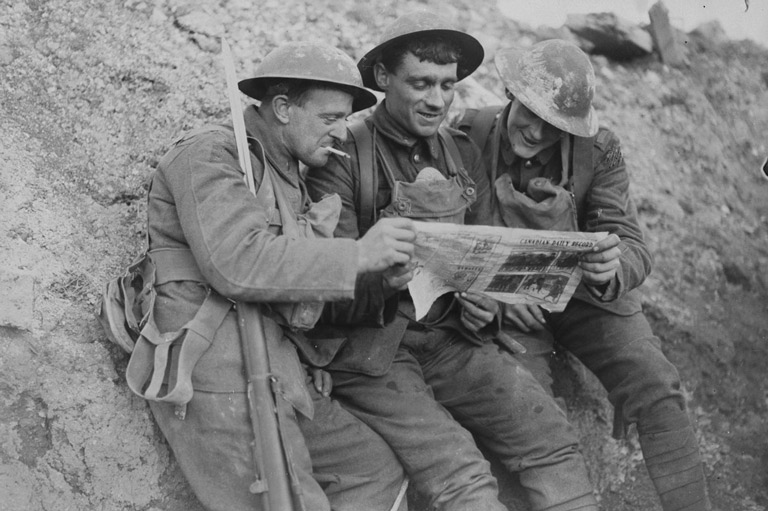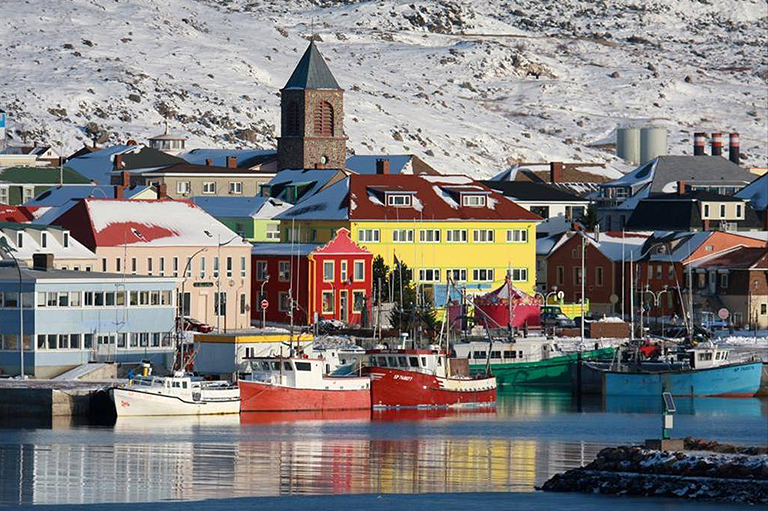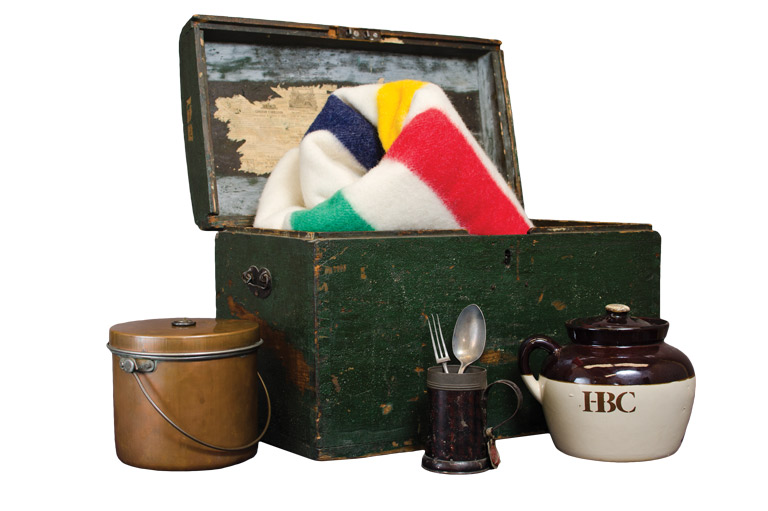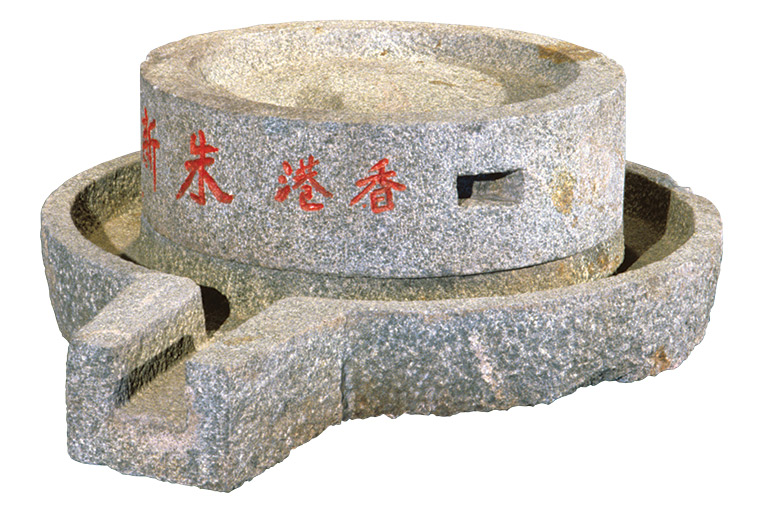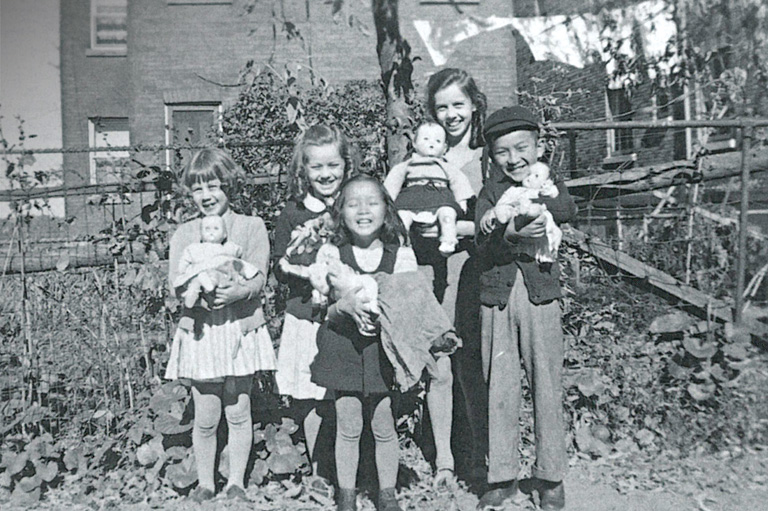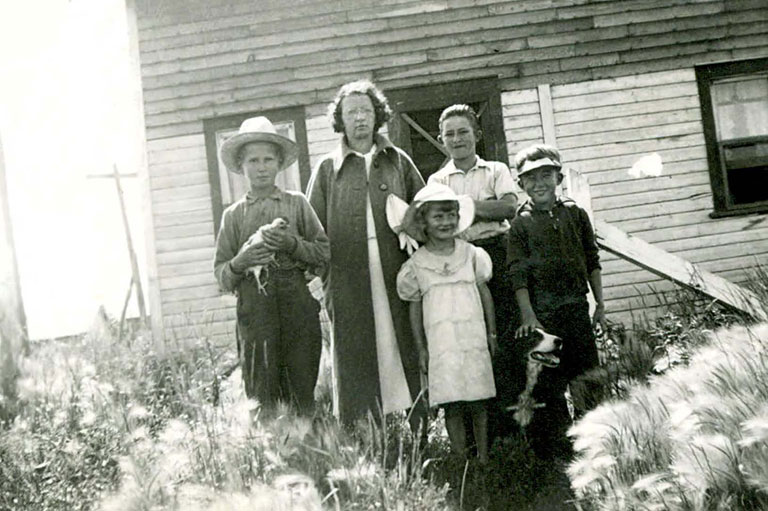Rescuing Refugees
-
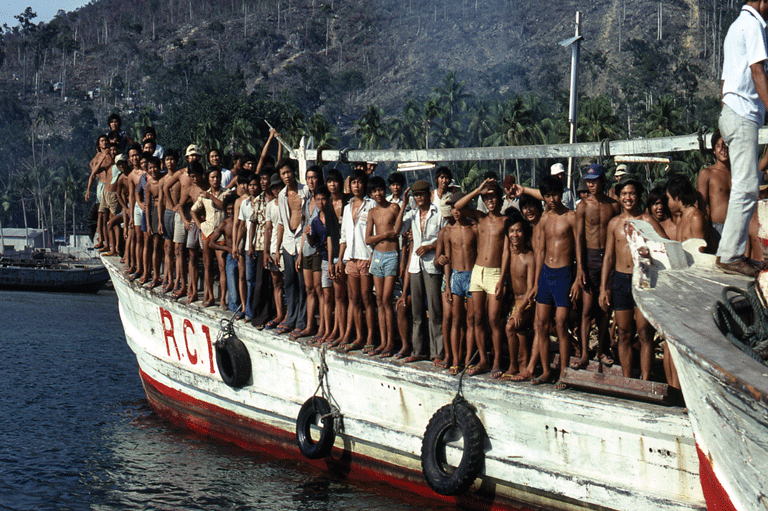 Refugees at Bidong, Malaysia, circa 1979.Margaret Tebbutt
Refugees at Bidong, Malaysia, circa 1979.Margaret Tebbutt -
 UNHCR chartered helicopter transports a Canadian refugee selection team to a refugee camp on to remote Anambas Island, Indonesia.Canadian Immigration Historical Society.
UNHCR chartered helicopter transports a Canadian refugee selection team to a refugee camp on to remote Anambas Island, Indonesia.Canadian Immigration Historical Society. -
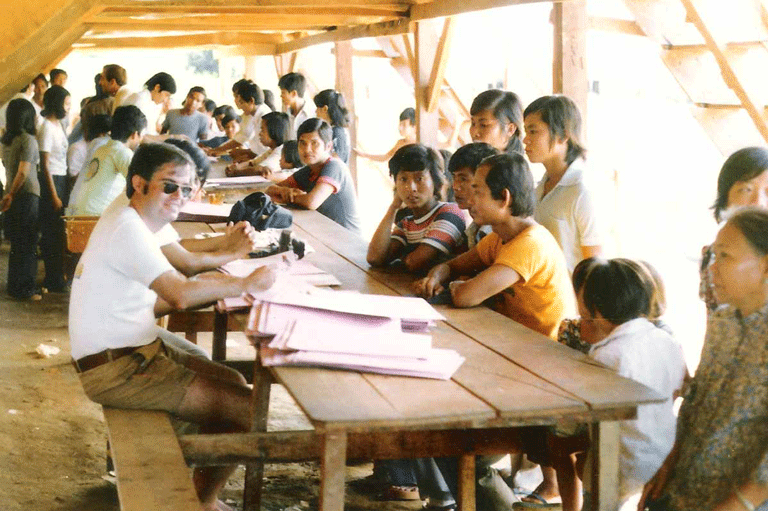 Refugees and immigration workers at Galang Refugee Camp on Galang Island in Indonesia, 1980.John McEachern
Refugees and immigration workers at Galang Refugee Camp on Galang Island in Indonesia, 1980.John McEachern -
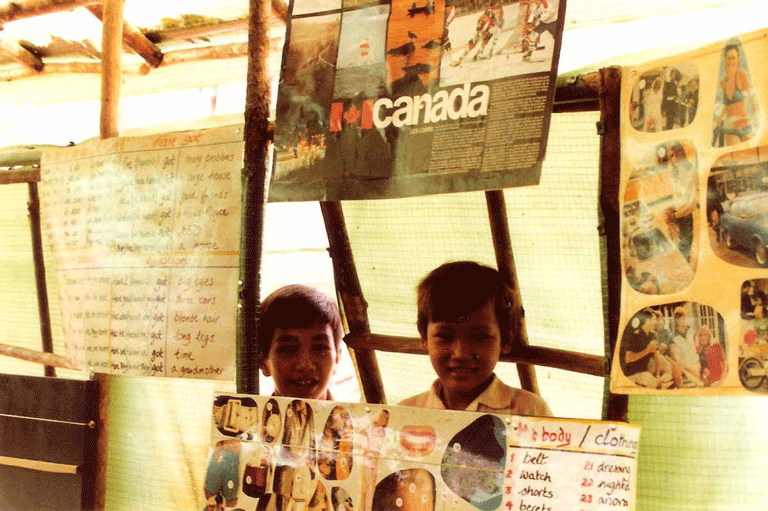 Young refugees attend classes in a camp on Anambus Island, Indonesia, in 1980.John MacEachern
Young refugees attend classes in a camp on Anambus Island, Indonesia, in 1980.John MacEachern -
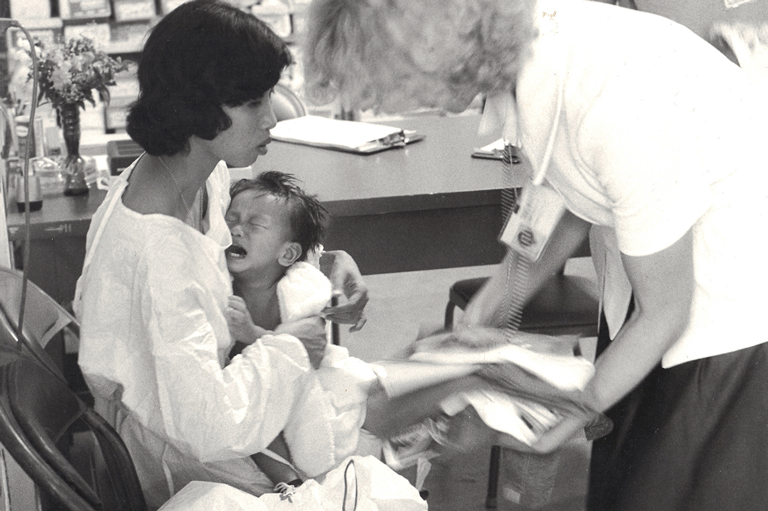 Refugees undergo medical screening at CFB Griesbach, Edmonton, 1979.Murray Mosher
Refugees undergo medical screening at CFB Griesbach, Edmonton, 1979.Murray Mosher -
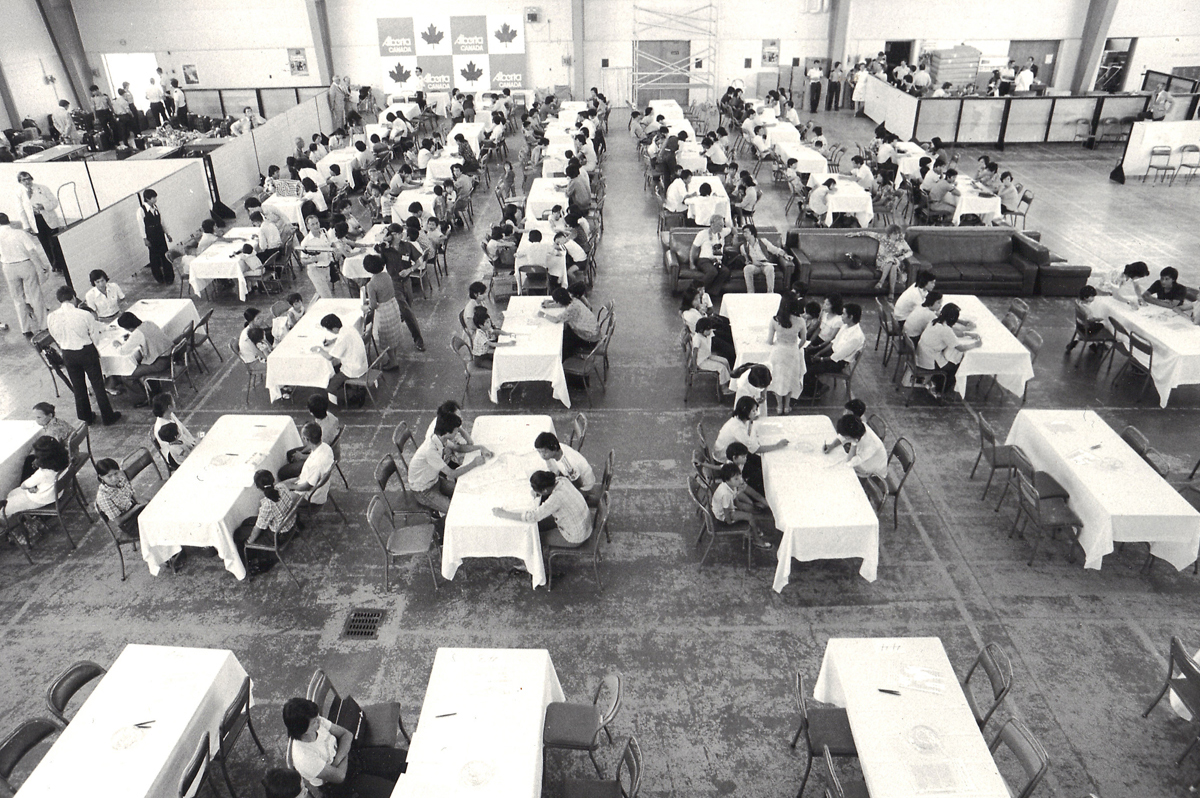 Temporary living quarters at CFB Griesbach, Edmonton.Murray Mosher
Temporary living quarters at CFB Griesbach, Edmonton.Murray Mosher -
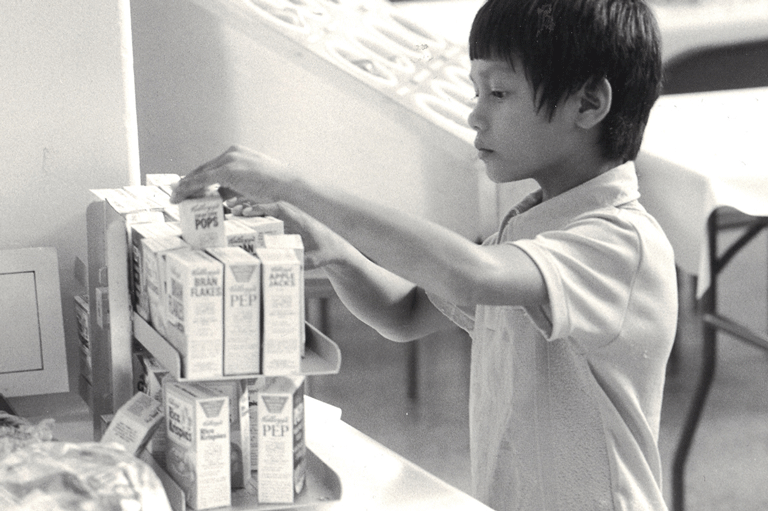 A young refugees picks his first Canadian breakfast — a box of cereal.Murray Mosher
A young refugees picks his first Canadian breakfast — a box of cereal.Murray Mosher -
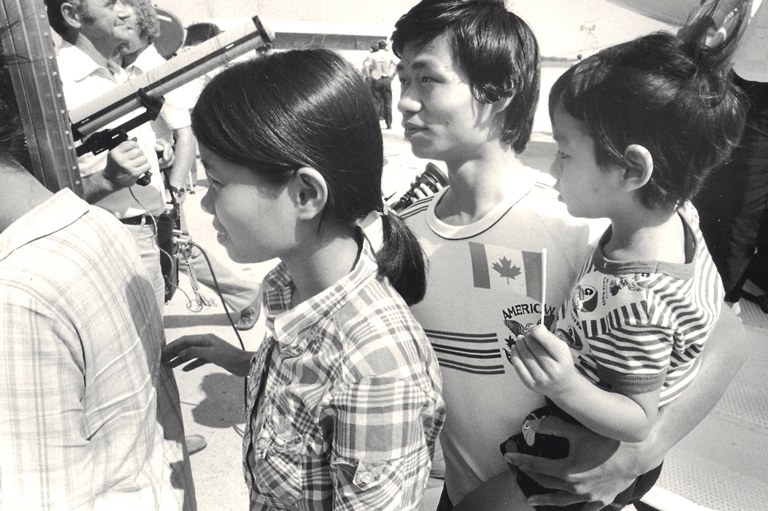 Refugees prepare to board a bus that will take them to their sponsor community.Murray Mosher
Refugees prepare to board a bus that will take them to their sponsor community.Murray Mosher
Between 1975 and 1994, Canada accepted more than 130,000 “Boat People” from countries such as Cambodia, Laos, Thailand and Vietnam.
In 2015, to mark the fortieth anniversary of the immigration influx, the Canadian Immigration Historical Society launched a website that offers photographs, memoirs and other information providing insight into Canada’s role during the humanitarian crisis.
Timeline of events during the crisis
Early 1975: Pathet Lao and Khmer Rouge take over Laos and Cambodia.
April 6, 1975: Indochinese orphans arrive in Canada.
April 1975: Effort to evacuate relatives of Canadian Vietnamese thwarted by strict exit controls.
April 24, 1975: Staff of Canadian Embassy in Saigon evacuated.
April 30, 1975: Saigon falls to Communist forces. 130,000 people rescued by US Navy.
With 7 uniquely curated newsletters to choose from, we have something for everyone.
May 1, 1975: Canada will accept 3,000 Indochinese refugees plus all sponsored by relatives.
May-Dec 1975: Canadian teams processes 1,401 Vietnamese refugees from Guam and thousands more from military bases in southern USA. Small Boat Escapee movement starts in June.
October 1976: Canada to accept 180 “boat people.”
1977: Almost 21,270 boat people have fled to surrounding countries.
August 1977: Cabinet authorizes resettlement of 450 “Small Boat Escapees.”
January 13, 1978: Canada will accept 50 “Small Boat Escapees” families per month.
July 20, 1978: Cabinet approves monthly program for 20 overland refugee families in Thailand. Initiation of Private Sponsorship program.
October 1978: Instructions to immigration officers emphasize importance of keeping families united.
November 1978: Freighter, Hai Hong, with 2,500 refugees arrives Malaysia. Canada takes 604.
December 7, 1978: Indochinese Designated Class Regulations simplify selection rules.
December 20, 1978: Canada’s first Annual Refugee Plan will admit 5,000 Indochinese.
1975–1978: Admissions = 9,080.
March 1979: Mennonite Central Committee signs refugee sponsorship agreement. Forty churches and organizations follow.
April to June 1979: Boat arrivals in Southeast Asia escalate: April 26,602; May 51,139; June 56,941.
May: Federal matching centre opened to match refugees with interested sponsors.
June 1979: Clark government increases 5,000 target to 8,000. Voluntary sector to sponsor 4,000.
Late June 1979: ASEAN governments announce they will not accept new boat arrivals.
July 20–21, 1979: At United Nations conference in Geneva, Canada announces 50,000 refugees: 8,000 from June plus 21,000 sponsored privately matched by 21,000 government assisted refugees.
July 1979: New organizations to promote sponsorship — Project 4000, Operation Lifeline etc.
August 1979: Reception centres established at Department of National Defense bases, Montreal and Edmonton. First flight August 8.
November 1979: Sponsorships by private groups surpass government’s target of 21,000.
December 1979: Government abandons pledge to match privately sponsored refuges with equal number of government assisted. Diverts savings to Cambodian refugee relief.
December: 23,583 refugee arrivals in Canada. Some 5,456 groups have applied to sponsor 29,269 refugees.
April 2, 1980: Liberal government adds 10,000 government assisted refugees. New total 60,000.
December 8, 1980: Charter #181 arrives with the last of 60,049 refugees.
June 1989: The international community adopts the Comprehensive Plan of Action. Only those found to be Convention refugees would be eligible for resettlement and all others would be returned, under UN supervision, to Vietnam, Laos or Cambodia.
Totals: Privately Sponsored 32,281; Government Assisted 25,978; Relative Sponsored 1,790
1994: Canadian program for Indochinese refugees terminates but a small number of residual cases continued to arrive until 1999 for total of close to 130,000.
Thanks to Section 25 of the Canadian Charter of Rights and Freedoms, Canada became the first country in the world to recognize multiculturalism in its Constitution. With your help, we can continue to share voices from the past that were previously silenced or ignored.
We highlight our nation’s diverse past by telling stories that illuminate the people, places, and events that unite us as Canadians, and by making those stories accessible to everyone through our free online content.
Canada’s History is a registered charity that depends on contributions from readers like you to share inspiring and informative stories with students and citizens of all ages — award-winning stories written by Canada’s top historians, authors, journalists, and history enthusiasts.
Any amount helps, or better yet, start a monthly donation today. Your support makes all the difference. Thank you!
Themes associated with this article
Advertisement


